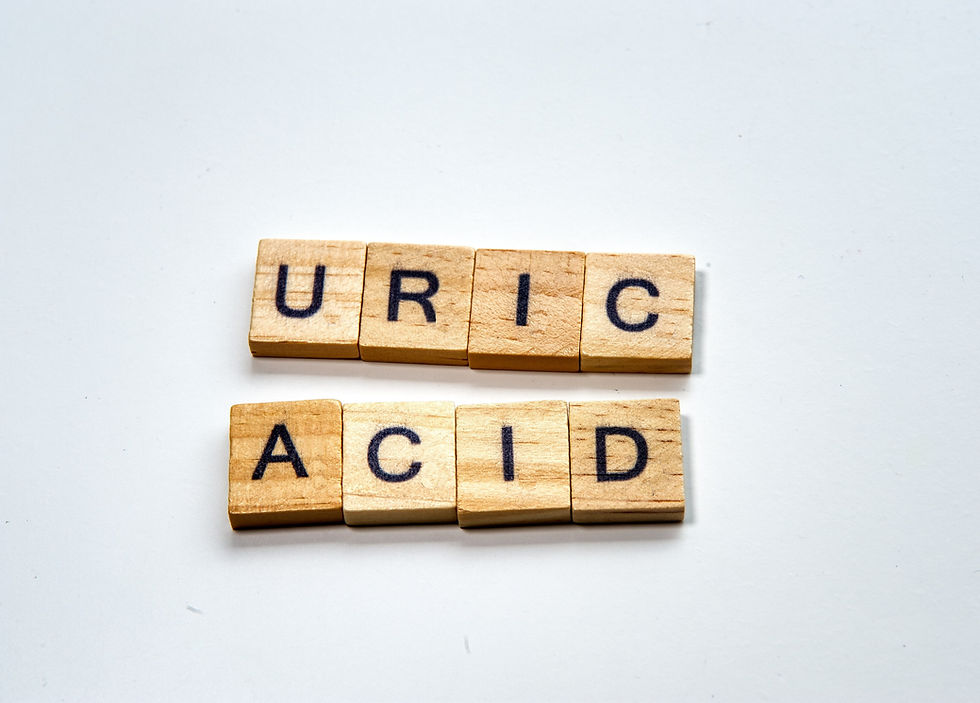The Vital Role of Coating in Probiotics Efficacy
- Wook

- Jan 18, 2024
- 2 min read
Updated: Jan 20, 2024
Unlocking the Potential of Probiotics: The Critical Role of Advanced Coating Technologies
In our quest for optimal health, probiotics have emerged as a pivotal element, offering a myriad of health benefits. These live microorganisms, when ingested in the right quantities, promise to revolutionize our approach to wellness. However, the journey of probiotics from ingestion to the point where they can impart their health benefits is fraught with challenges. The most significant of these is their survival through the harsh, acidic environment of the stomach. The solution to this dilemma lies in the innovative field of enteric coating technologies, a groundbreaking approach that is transforming the efficacy and application of probiotics.
In this blog post, we delve into the vital role of coating in probiotics efficacy, exploring how this technology not only shields these beneficial bacteria from stomach acids but also enhances their delivery, stability, and versatility. From overcoming gastrointestinal barriers to ensuring prolonged shelf life and expanding their application across various industries, enteric coatings are not just an addition but a necessity for maximizing the potential of probiotics. Join us as we explore this fascinating intersection of technology and health, and look towards a future where the full benefits of probiotics can be harnessed more effectively than ever before.
1. The Challenge for Probiotics: Probiotics are live microorganisms that offer health benefits when consumed in adequate amounts. However, these beneficial bacteria face a significant challenge: surviving the harsh acidic environment of the stomach. To be effective, probiotics must reach the intestines, where they can flourish and provide health benefits.
2. Enteric Coating: A Protective Shield: Enteric coating is a technological solution designed to protect probiotics from stomach acid. This coating ensures that the probiotics are not released until they reach the more alkaline environment of the intestines. Without this protection, the probiotics could be destroyed by the stomach acid, rendering them ineffective.
3. Enhanced Delivery and Efficacy: Enteric-coated capsules are designed to bypass the acidic conditions of the stomach, ensuring the probiotics are delivered intact to the intestines. This targeted delivery is crucial for the probiotics to confer their health benefits effectively.

4. Stability and Shelf Life: In addition to protecting probiotics from stomach acid, coatings can also enhance the shelf life and stability of probiotic products. This is particularly important for probiotics in food and beverage applications, where they need to remain stable and viable under various storage conditions.
5. Versatility in Product Formulation: Coated probiotics offer versatility in formulation, allowing them to be incorporated into a wide range of products, from dietary supplements to food and beverages. This flexibility is important for expanding the use of probiotics in different sectors, including the agri-food and medical industries.
6. Looking to the Future: As research and technology in the field of probiotics advance, the role of coatings in enhancing the delivery and efficacy of probiotics is becoming increasingly important. This has led to interest from various industries in adopting and further developing this technology.
Conclusion: The coating of probiotics plays a critical role in ensuring their viability and effectiveness. By protecting these beneficial bacteria from harsh stomach acids and enhancing their stability, enteric coatings ensure that probiotics can deliver their full health benefits.
For more information on coated probiotics, visit www.ildongbio.com/probiotics



